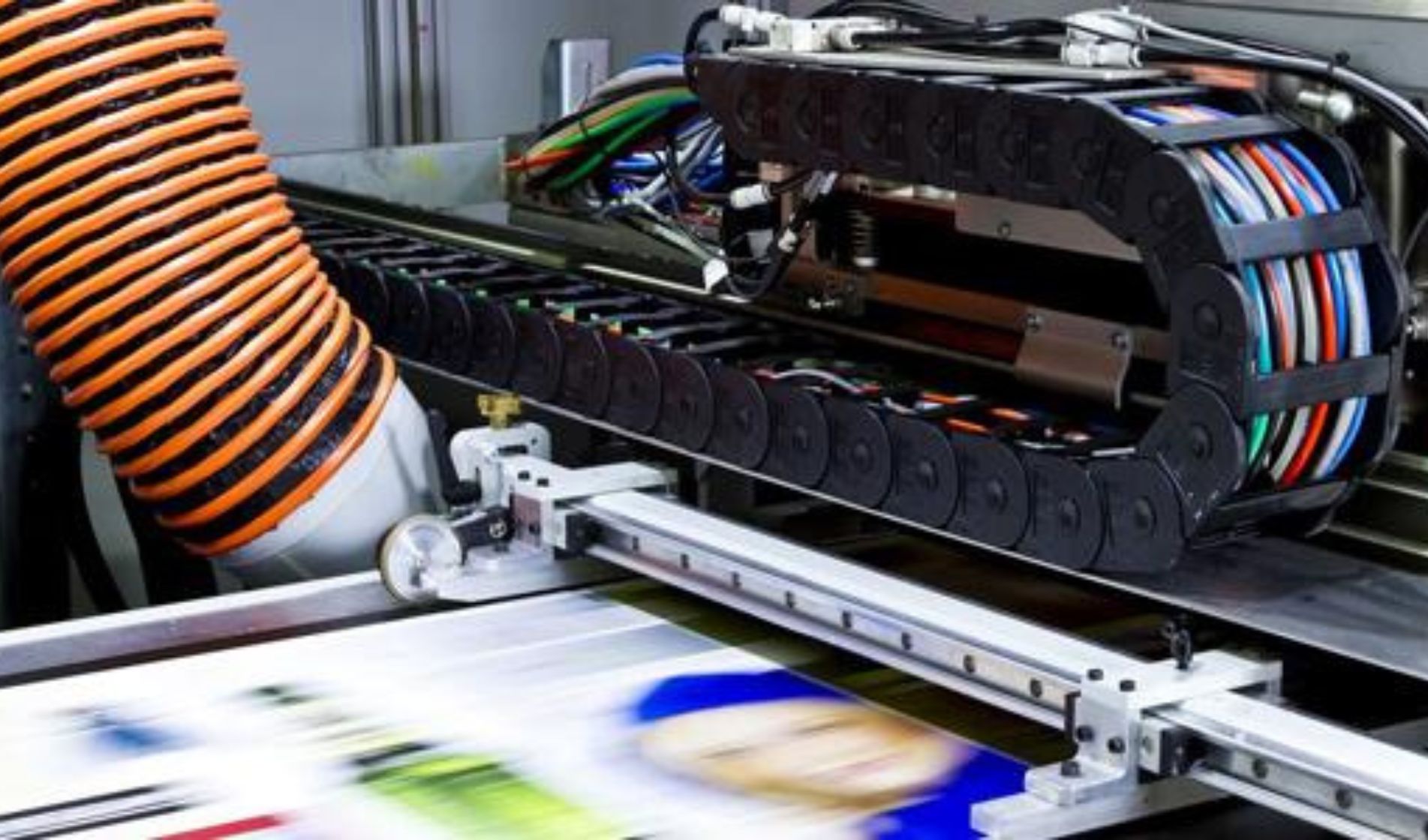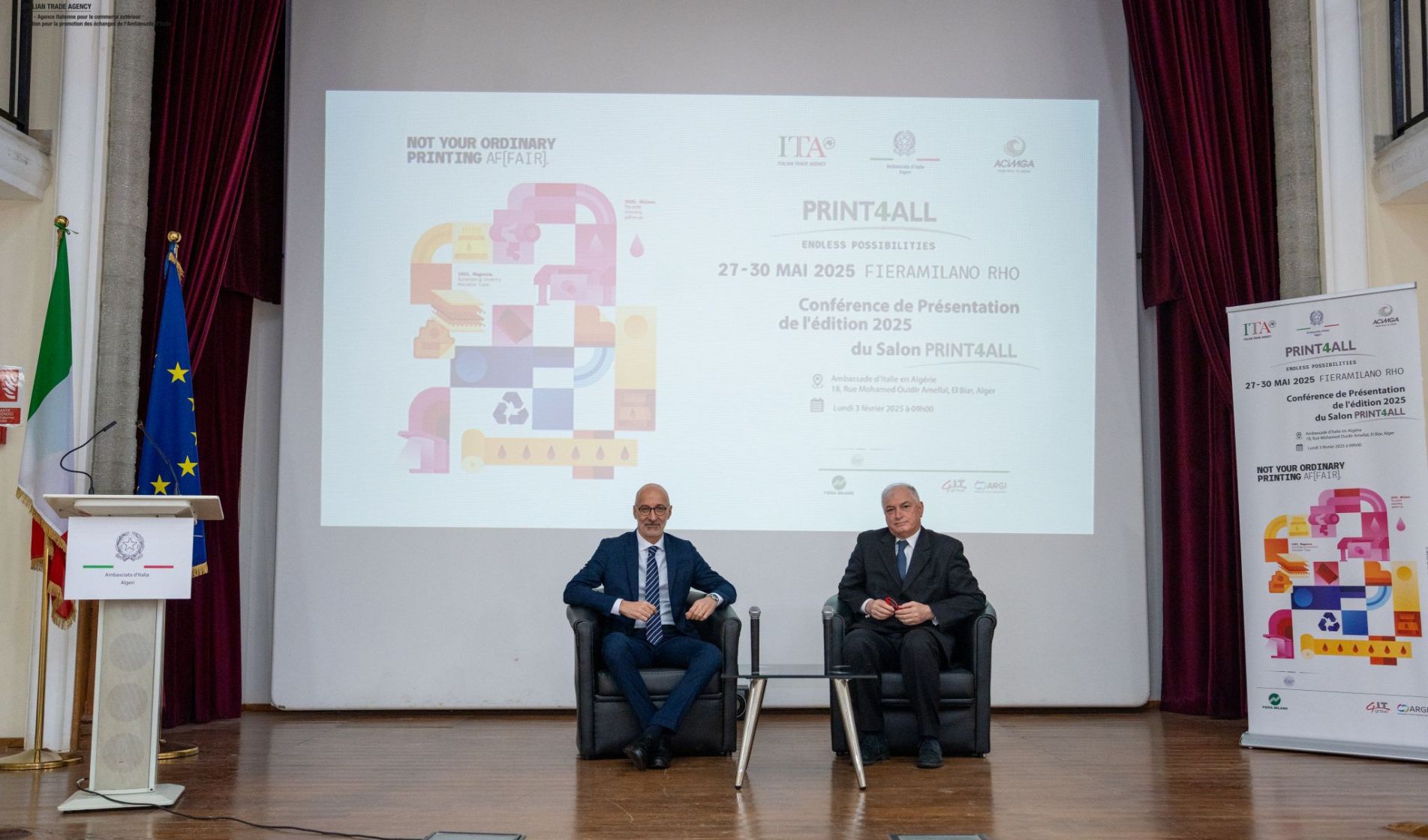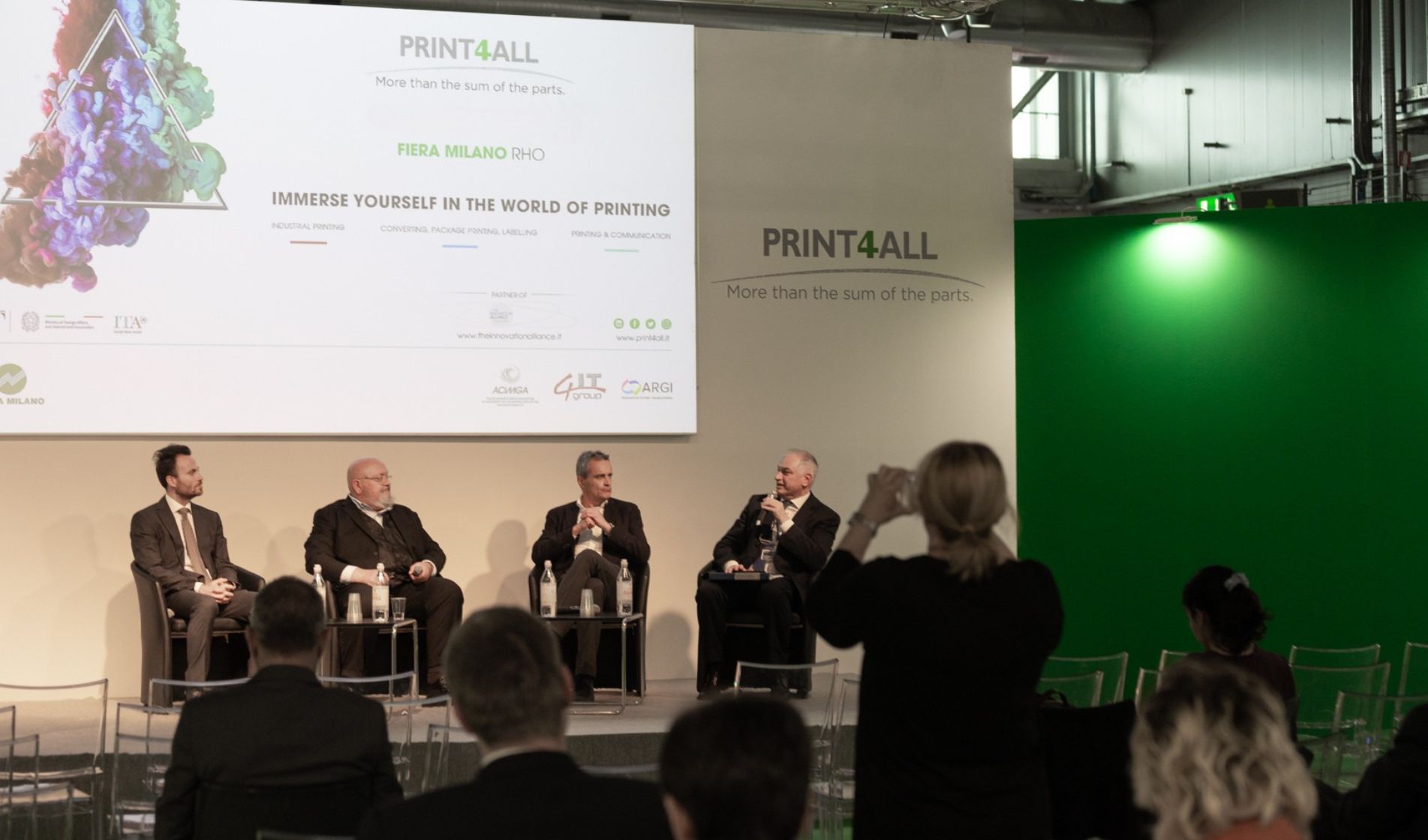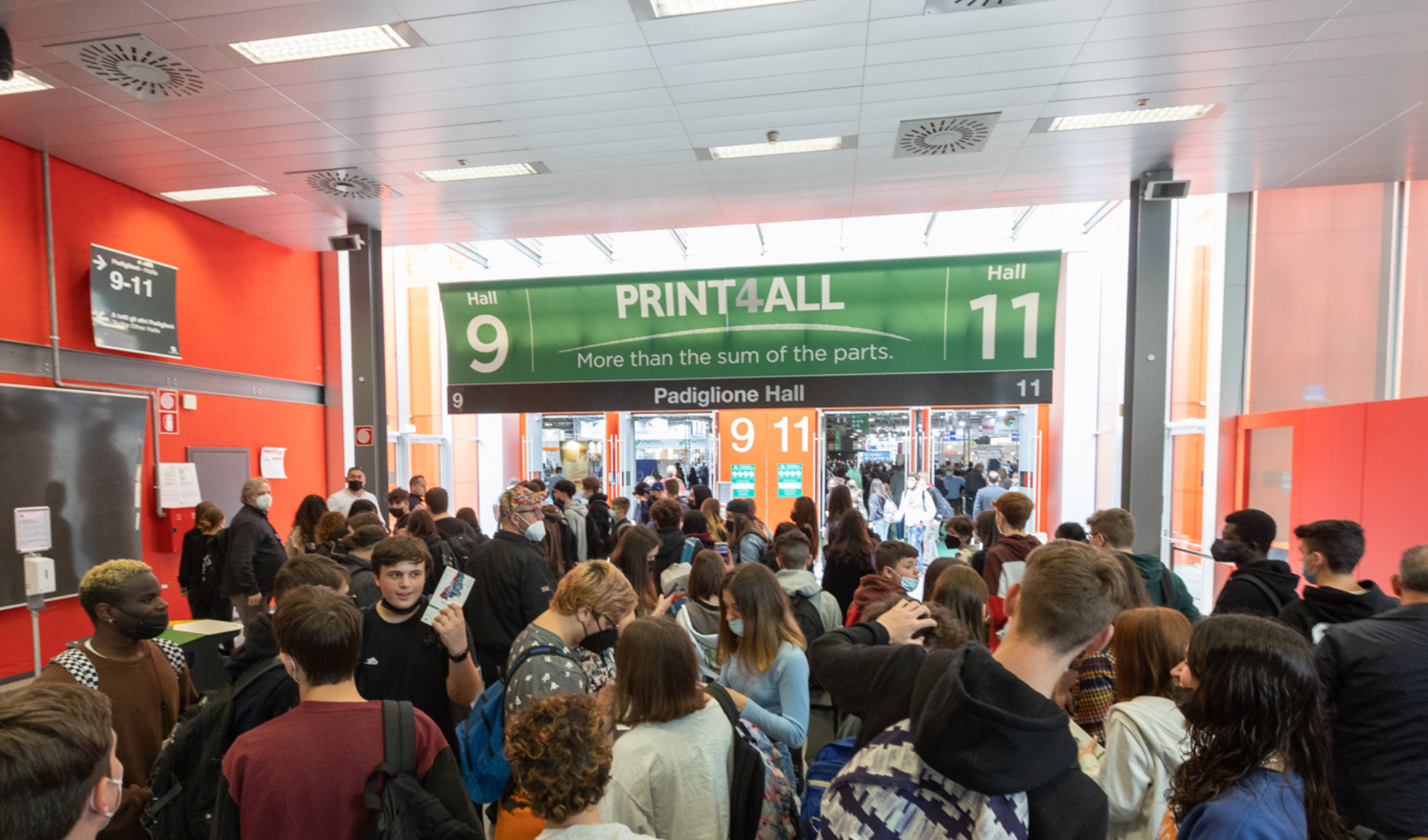Finishing plays an extremely important role in the Printing and Communication Industry, enhancing the appearance and final effect of printed products. In the paper industry, the die-cutting phase has always been one of the most crucial steps for completing a process. Just like the reduction of print runs led to an organic uptake of digital technology in printing, we’ve seen an evolution in finishing with solutions that are an integral part of the digital printing ecosystem, covering the end-to-end process, reducing outsourcing and keeping as many processes as possible within a single printing company. All driving toward automation and efficiency, touching the paper as little as possible. In this sense, laser becomes an ideal solution. With almost absolute precision it enables cuts of any shape, including incredible fine, minute ones, leaving a smooth edge.
Software saves on materials
Digital finishing machines are controlled by sophisticated software that acquire jobs directly and do them without going through dies or supports: no cutting die, no frame, no engraving plates and supreme precision. Vacuum tables, cameras, barcode and notch readers and photoelectric sensors monitoring sheet after sheet, ensuring recording and constantly adapting to any changes.
Laser cutting lets you make cuts of any shape with absolute precision, including incredibly fine ones. Besides the advantage of not needing a mould, laser technology can be used for almost any material, including plexiglass which can’t be die-cut. So it’s ideal for short runs, with the benefits of no die costs, very little waste and no start-up time. The only cost that really needs to be taken into account, besides execution time and the machine operator, naturally, is its energy use.
Unlimited applications
Laser cutting technology is at its best when it’s used for art, trimming complex shapes with maximum precision, including coated paper. Depending on the lens you use, the laser lets you cut virtually any shape of any size, without burning. Plus, laser technology can do much more than cut, either separately or combined according to technical and creative needs: half-cutting, creasing, micro-perforation, low relief, indentation, and cutting out techniques that make it possible to create actual sculptures.


.jpg)



.jpg)
